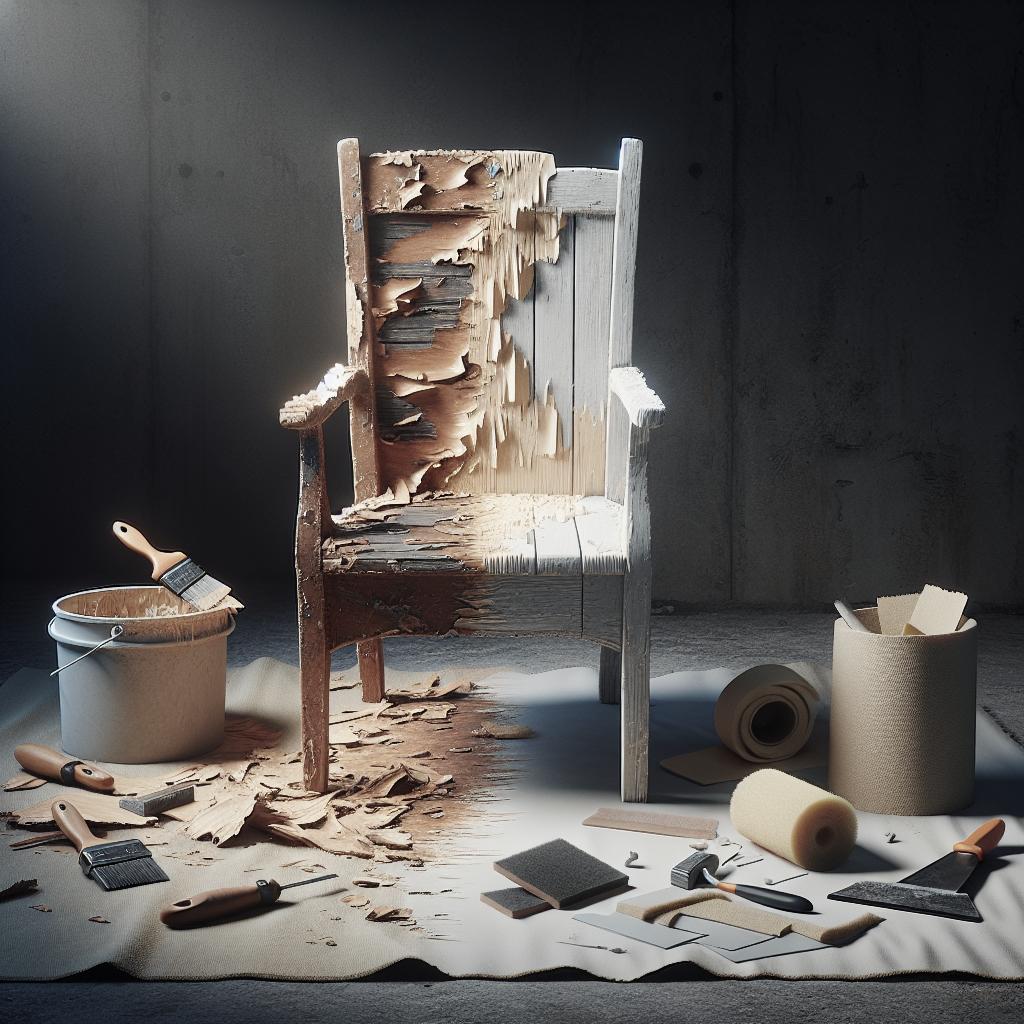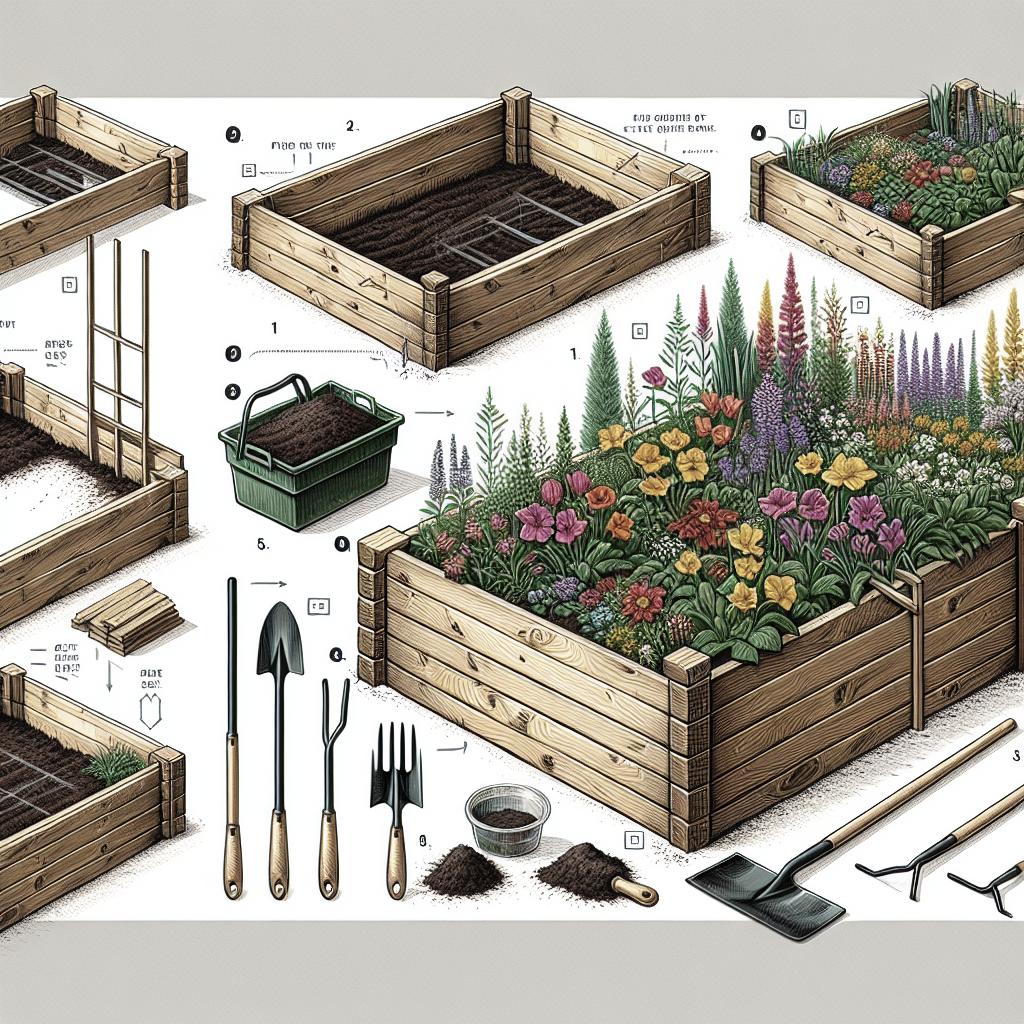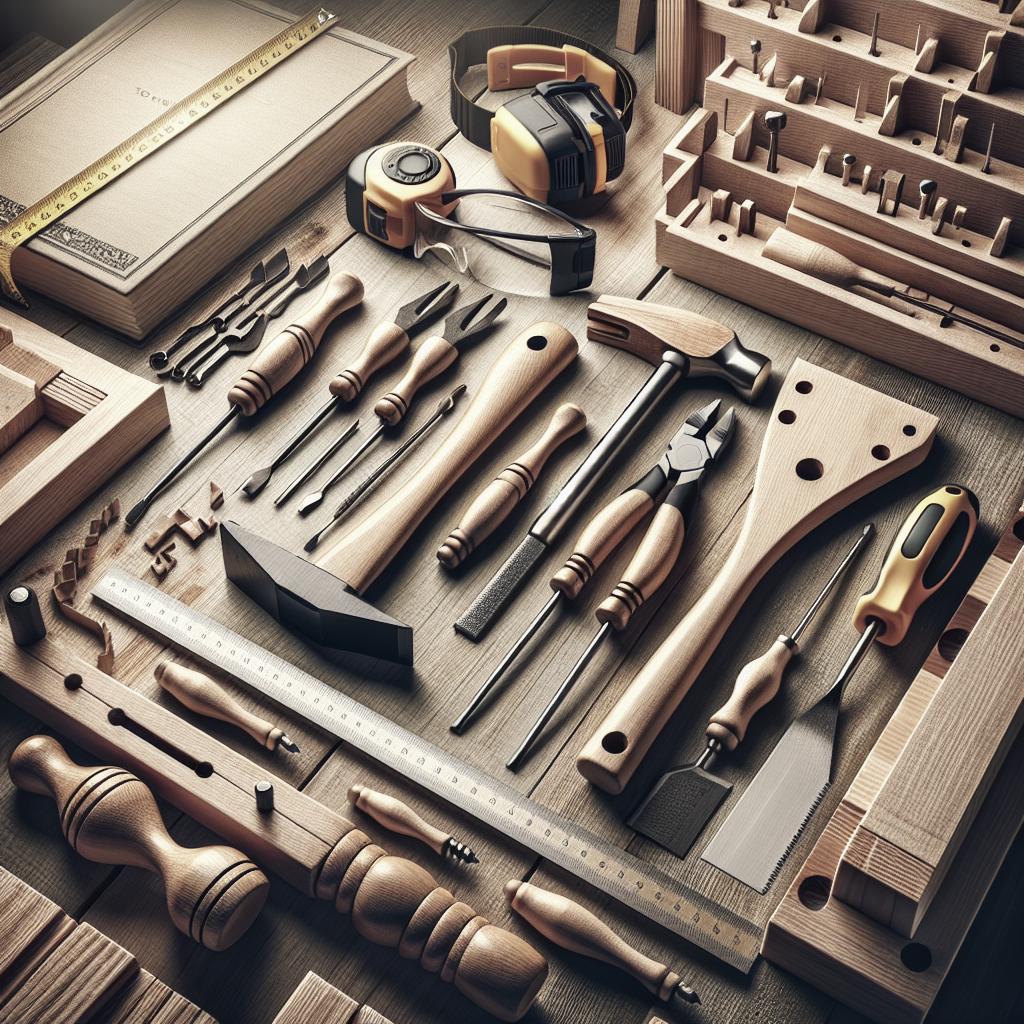“`html
How to Strip Old Paint from Furniture
Discovering the beauty of natural wood beneath old, layered paint can breathe new life into furniture. Stripping paint can be a satisfying DIY project if approached with clarity and caution. This guide explores the best practices for removing paint from wood, including detailed steps on evaluating the wood’s integrity, selecting appropriate tools, and ensuring safety, especially if the paint may contain lead. Dive into alternatives like gels and pastes known for their safer composition and efficiency. Learn how to prepare your workspace, protect yourself, and choose the right tools for detail work. Also, get tips on the proper cleanup after your project, preparing you for future woodworking endeavors.
What is the Best Way to Remove Paint from Wood?
Removing paint from wood can be a rewarding endeavor that unveils the natural beauty of the wood grain. The best method largely depends on the type of paint, the age of the wood, and the intricacy of the furniture piece. Generally, the main contenders for paint removal include sanding, using a heat gun, and chemical strippers. Each method has its pros and cons; therefore, evaluating the scope of your project will guide you to the most effective solution.
It’s essential to first assess the condition and type of wood before choosing your approach. Some methods, like sanding, can be too aggressive for delicate or antique surfaces. Conversely, chemical strippers may damage certain finishes. Therefore, careful consideration and testing a small, hidden area on the furniture can prevent unexpected damage.
Steps on How to Remove Paint from Wood
1. Find Out If the Wood Is Worth Exposing
Before diving into the paint removal process, it’s crucial to determine if the wood beneath the paint is worth exposing. Examine the furniture for signs of quality wood, such as mahogany, oak, or walnut. Sometimes, discovering the type of wood might require researching the manufacturer’s label or markings on the furniture.
Quality wood will often justify the effort and resources needed to strip the paint fully. However, if the wood underneath is of lower quality, you might want to reconsider the project or opt for a more straightforward refinishing effort.
2. Decide Whether to DIY or Bring in a Professional
Once you establish that the wood is worthy of exposure, decide if this is a project you can tackle on your own or if professional intervention is necessary. While DIY paint stripping can be cost-effective and satisfying, it requires time, patience, and a meticulous approach.
Hiring a professional might be the best route if the piece is invaluable or has intricate detailing that requires special attention. Additionally, if the paint contains lead, professional expertise ensures safety and compliance with health regulations.
3. Select the Right Tools and Approach for the Project
Choosing the right tools is integral to the success of your paint-stripping project. Consider the type of furniture and intricacy of the design when selecting tools. A straightforward project might benefit from sanding, whereas chemical or heat approaches might suit more complex tasks.
Before starting, gather necessary equipment, ensuring you have all needed protective gear to guard against potential hazards during the paint removal process. This preliminary planning can save time and prevent mistakes as you proceed with stripping the paint.
3 Tools to Melt Away Paint
Heaters
Heat guns are effective tools for softening and stripping paint. By applying heated air to the painted surface, you can make layers of paint bubble, making it easier to scrape off.
While dealing with heat guns, caution is necessary to avoid scorching the wood or inadvertently creating a fire hazard. Maintaining a suitable distance and continuously moving the heat gun can help manage these risks.
Chemical Strippers
Chemical strippers break down the paint layers, making them easier to remove. When used correctly, they offer an efficient solution for intricate or carved surfaces that sanding might damage.
However, these chemicals can be hazardous; hence adequate ventilation, protective clothing, and observance of product instructions are necessary to ensure safe use.
Sanders
Sanders are versatile tools for paint removal, especially on flat surfaces. There are different varieties like orbital or belt sanders, which can speed up the process significantly.
Sanding should be approached with care to avoid damaging the wood. Using progressively finer grit paper helps smooth the surface and prepare it for refinishing, ensuring a professional finish.
4. Weigh Your Paint Stripping Product Options
While traditional methods like sanding and heat guns are popular for paint removal, several commercial paint-stripping products offer practical solutions. Evaluate these based on their effectiveness, safety features, and environmental impact.
Products can vary from harsh chemical-based solutions to more environmentally friendly options. Always refer to product reviews and consult peers or experts before making your final selection to ensure the best result.
3 Safer Options for Removing Paint With Gels and Pastes
1. SmartStrip
SmartStrip is a popular eco-friendly paint and varnish remover, suitable for stripping multiple layers in one go. It’s water-based and biodegradable, minimizing harm to users and the environment.
This product’s application is straightforward: spread it on the painted surface, allow the product to work over time, and then scrape away the old paint effectively.
2. Peel Away
Peel Away is another innovative option that involves a paste applied to the surface, then covered with a special paper to trap moisture against the paint for effective removal.
This system is highly effective on thick, old layers of paint, including lead-based varieties, making it a favorite among professionals for complicated projects.
3. Citristrip
Citristrip is a citrus-scented gel that provides a safer alternative to more aggressive chemical strippers. It works without the harsh fumes and typically requires less ventilation, making it suitable for indoor projects.
Effective over several hours, Citristrip can be applied thickly to the surface, left to dwell, and then scraped away to reveal the underlying wood.
Paint Scrapers 101
Pro Advice on Paint Scrapers
Paint scrapers are indispensable tools in any stripping project, suitable for removing excess paint after the initial softening process. When using scrapers, ensure the blade is sharp to facilitate easier paint removal.
Professional tips suggest using different shapes and sizes of scrapers to accommodate the variance in furniture design, aiding in reaching crevices and curved surfaces without damaging the wood.
3 Easy Ways to Test Paint for Lead
Get The Lead Out—Safely
Testing for lead in paint is a vital step in ensuring safety, especially in older furniture pieces. Lead test kits, available at most hardware stores, are a simple and quick way to check for this toxic element.
The kits typically involve swabbing the painted surface and looking for color changes that indicate the presence of lead. If lead is found, it’s advisable to involve professionals to remove the paint safely.
Prepare to Strip Indoors in 3 Steps
For indoor stripping projects, creating a well-prepared workspace is crucial to minimize contamination and ensure safety. First, remove any unnecessary items and cover immovable objects and floors with drop cloths.
Next, ensure proper ventilation by opening windows and using fans to disperse fumes. Finally, keep necessary tools and materials within easy reach, enhancing your workflow efficiency and focus.
How to Dress When Stripping Paint
Old paint, particularly when sanded or heated, can produce dust and fumes, necessitating the use of protective clothing. Wear old clothes, gloves, and safety goggles to protect your eyes and skin from debris.
A respirator or mask is crucial to avoid inhaling dust and any chemical fumes produced during the stripping process. Prioritizing health and safety enables you to work more comfortably and confidently.
Tools for Detail Stripping Work
Precision is necessary when stripping paint from detailed or delicate areas of furniture. Small tools like dental picks, small wire brushes, and stiff toothbrushes help access nooks and crannies without causing damage.
Using these tools in conjunction with quality paint removers allows for a thorough job, preserving the integrity and details of your beautiful furniture piece.
The Right Way to Clean Up a Paint Stripping Job
A thorough cleanup is essential after stripping paint to maintain a safe space and prepare the furniture for any further work like staining or varnishing. Begin by collecting and disposing of paint chips and dust appropriately.
Follow up with a suitable cleaner to remove any remaining residues on the wood, finishing with a damp cloth to wipe away any final remnants. Proper disposal of any chemical containers and materials used during the process is essential to comply with local regulations.
Next Up In Woodworking
Once the paint stripping is complete, the next phase might involve sanding, staining, or sealing the exposed wood, allowing the furniture to be personalized to your taste. Additionally, you may wish to explore complex woodworking projects that further enhance your evolving DIY skills.
Engaging with woodworking communities online or locally can provide added insights and inspiration as you continue to breathe life into reclaimed furniture.
Final Thoughts
| Section | Content Summary |
|---|---|
| Best Way to Remove Paint | Discusses methods including sanding, heating, and chemicals. |
| Steps to Remove Paint | Guides through evaluating wood, choosing DIY vs. professional, and selecting tools. |
| Tools to Melt Paint | Explores heaters, chemical strippers, and sanders. |
| Product Options | Overviews trusted paint stripping product selections. |
| Safer Gel and Paste Options | Covers SmartStrip, Peel Away, and Citristrip benefits. |
| Paint Scrapers | Key advice for effective scraper usage. |
| Lead Testing | Methods to safely detect and address lead. |
| Indoor Preparation | Steps to establish a safe working environment. |
| Proper Attire | Dressing tips for protection during stripping. |
| Detail Work Tools | Specialized tools to treat intricate areas. |
| Cleanup | Effective disposal and cleaning tactics post-stripping. |
| Follow-Up Projects | Encourages exploration of more woodworking ventures. |
“`


